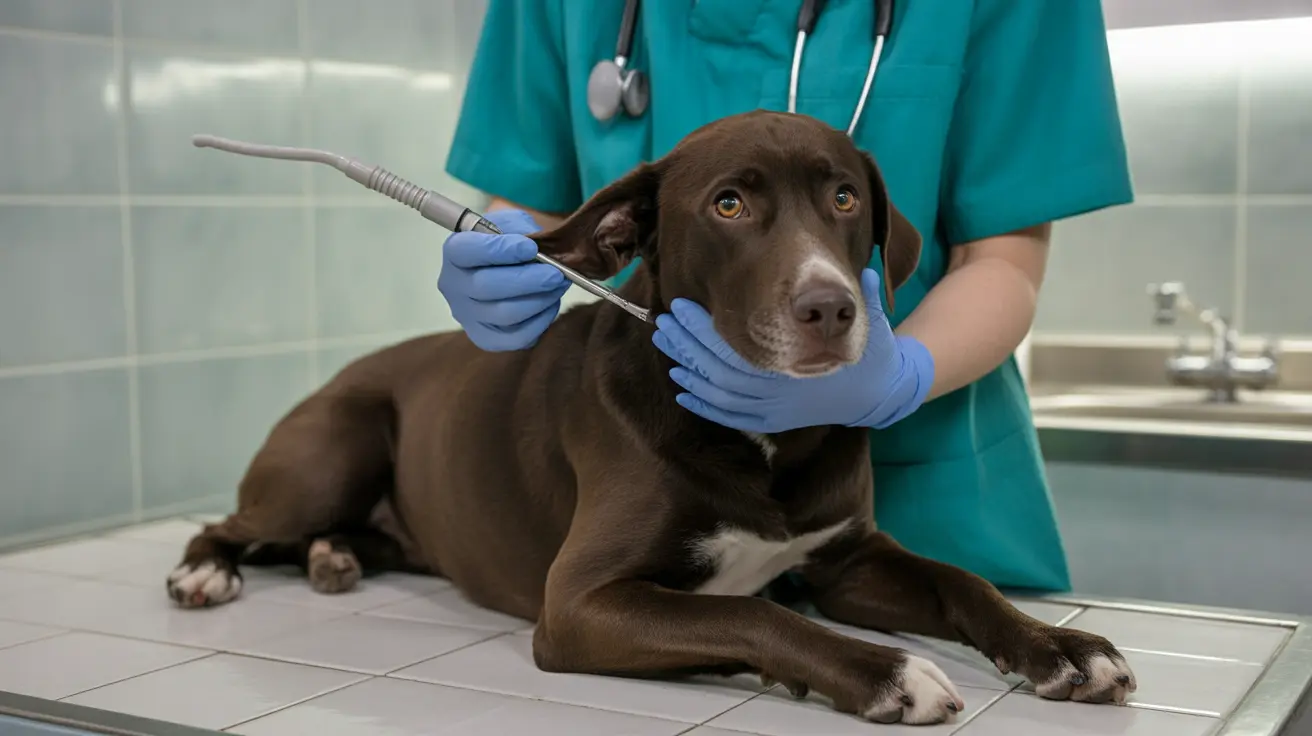Many pet owners wonder about sharing fruits with their furry friends, and kiwi often comes up as a point of curiosity. The good news is that dogs can indeed have kiwi, but there are important guidelines to follow to ensure it remains a safe and healthy treat for your canine companion.
In this comprehensive guide, we'll explore everything you need to know about feeding kiwi to your dog, including proper preparation methods, potential benefits, and important precautions to keep in mind.
Safe Preparation and Serving Guidelines
When it comes to feeding kiwi to your dog, proper preparation is crucial for safety and digestibility:
- Always remove the skin and seeds
- Cut into small, manageable pieces
- Wash thoroughly before peeling
- Serve in moderation as an occasional treat
The flesh should be ripe but firm, and pieces should be appropriately sized for your dog's mouth to prevent choking hazards.
Health Benefits of Kiwi for Dogs
While dogs don't require kiwi in their diet, this fruit can offer several nutritional benefits when served as an occasional treat:
- Vitamin C for immune system support
- Vitamin K for bone health
- Fiber for digestive health
- Antioxidants for cellular health
- Potassium for heart function
- High water content for hydration
Potential Risks and Considerations
Despite its benefits, there are some important risks to consider when feeding kiwi to dogs:
- Digestive upset from overfeeding
- Possible allergic reactions
- Choking hazards from large pieces
- Sugar content concerns for diabetic dogs
- Potential obstruction from skin if not properly prepared
Guidelines for Portion Control
The right amount of kiwi for your dog depends on their size and overall health:
- Small dogs: 1-2 small pieces
- Medium dogs: 2-3 small pieces
- Large dogs: 3-4 small pieces
Remember that treats, including kiwi, should never exceed 10% of your dog's daily caloric intake.
Signs of Adverse Reactions
Watch for these potential signs of problems after feeding kiwi:
- Vomiting or diarrhea
- Excessive drooling
- Lethargy
- Loss of appetite
- Allergic reactions (itching, swelling)
- Gastrointestinal discomfort
Frequently Asked Questions
Can dogs safely eat kiwi, and what part of the fruit should I feed them?
Yes, dogs can safely eat kiwi, but only the flesh of the fruit should be given. Always remove the skin and seeds, and cut the flesh into small, manageable pieces to prevent choking.
What are the health benefits of feeding kiwi to my dog?
Kiwi provides various nutrients including vitamin C for immune support, vitamin K for bone health, fiber for digestive health, and antioxidants for overall wellness. It's also hydrating due to its high water content.
How much kiwi can I give my dog without risking digestive upset?
The appropriate amount depends on your dog's size, but generally, start with one small piece and observe their reaction. Treats should make up no more than 10% of their daily caloric intake.
What signs indicate my dog might be allergic or have a bad reaction to kiwi?
Watch for signs such as vomiting, diarrhea, itching, swelling, excessive drooling, or changes in behavior. If you notice any of these symptoms, discontinue feeding kiwi and consult your veterinarian.
Should I consult a vet before introducing kiwi to my dog's diet?
Yes, it's always wise to consult your veterinarian before introducing any new food to your dog's diet, especially if your pet has existing health conditions or dietary restrictions.
Conclusion
While kiwi can be a safe and nutritious treat for dogs when properly prepared and served in moderation, it's essential to follow the guidelines outlined above. Always introduce new foods gradually, monitor your pet for any adverse reactions, and consult with your veterinarian if you have specific concerns about your dog's diet.






